MusicRadar Verdict
Logic Pro 8 itself sounds as great as ever, and the improved interface is exactly what we´ve come to expect from Apple. The fact that it´s just one element of the extremely affordable Logic Studio is quite mind-blowing.
Pros
- +
Excellent new workspace. Much improved workflow. Tasty new multitake and comping feature. Bulging bundle of applications Terrific sound library Incredible price! MainStage is a great idea
Cons
- -
Not quite the revolution some had hoped for.
MusicRadar's got your back
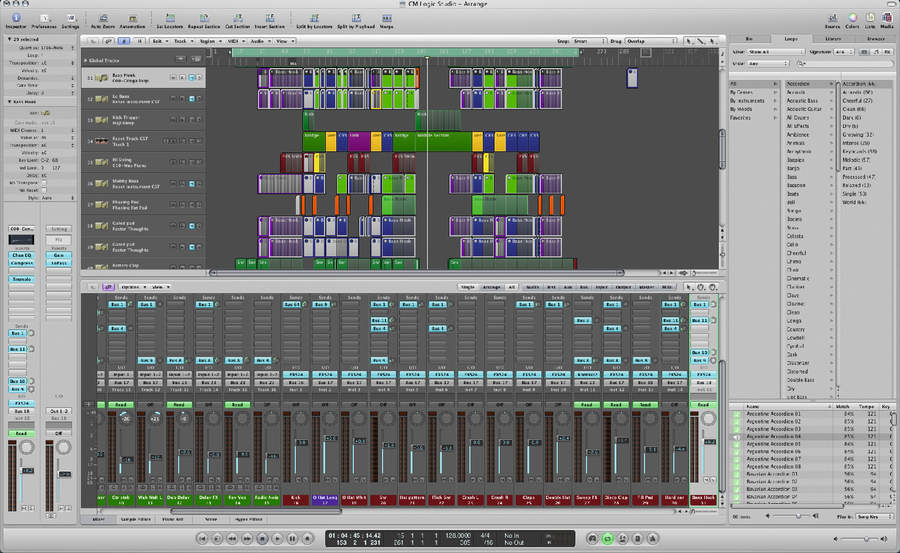
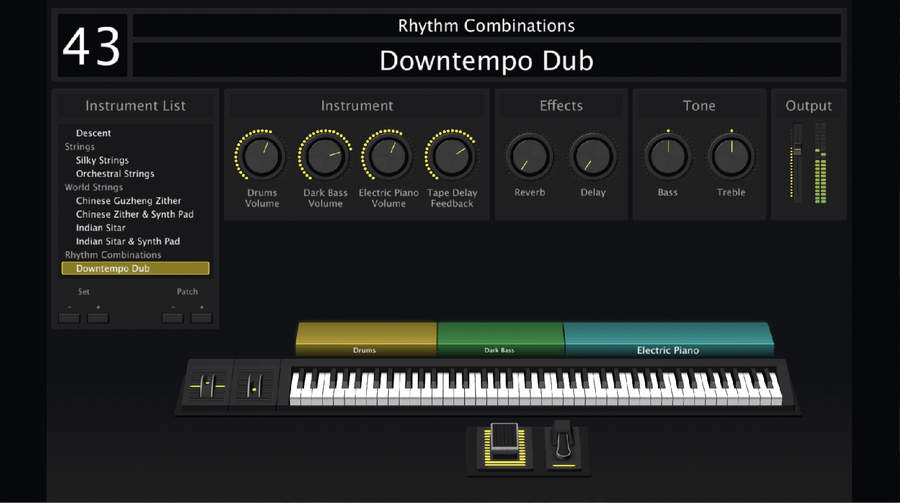

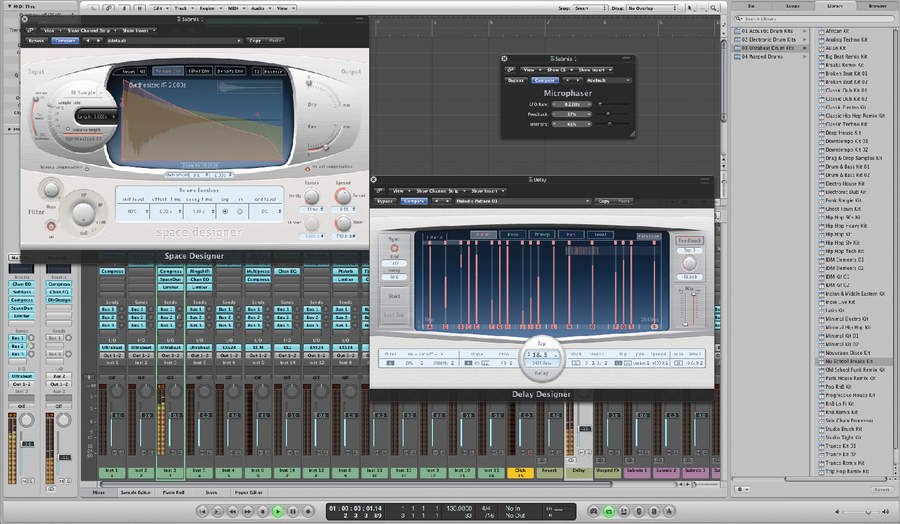
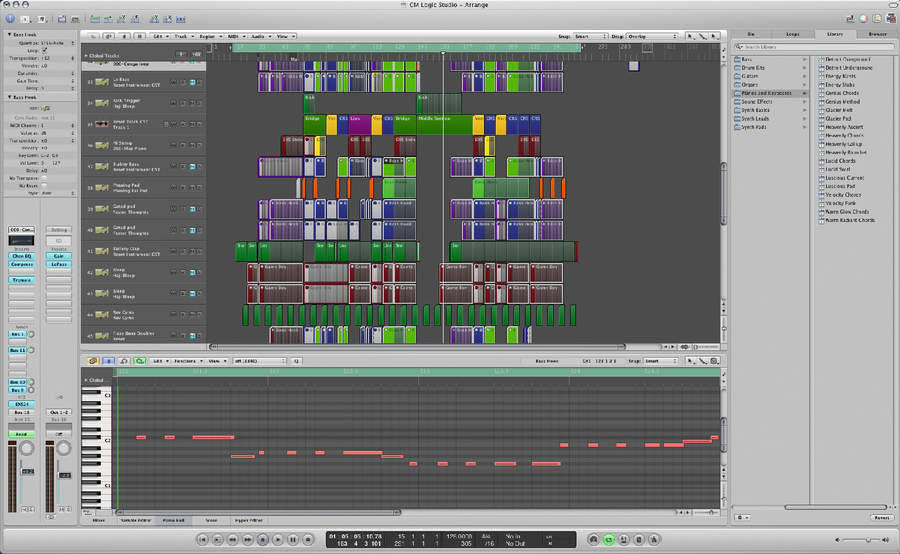
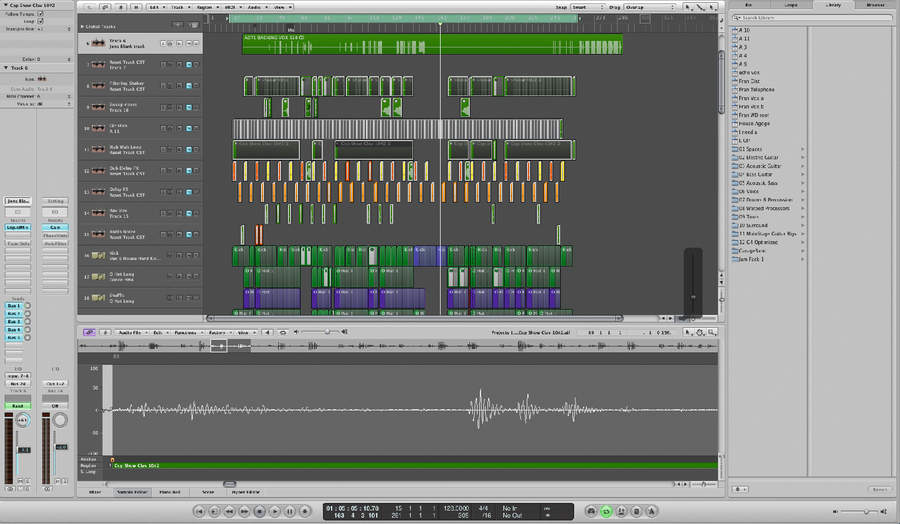
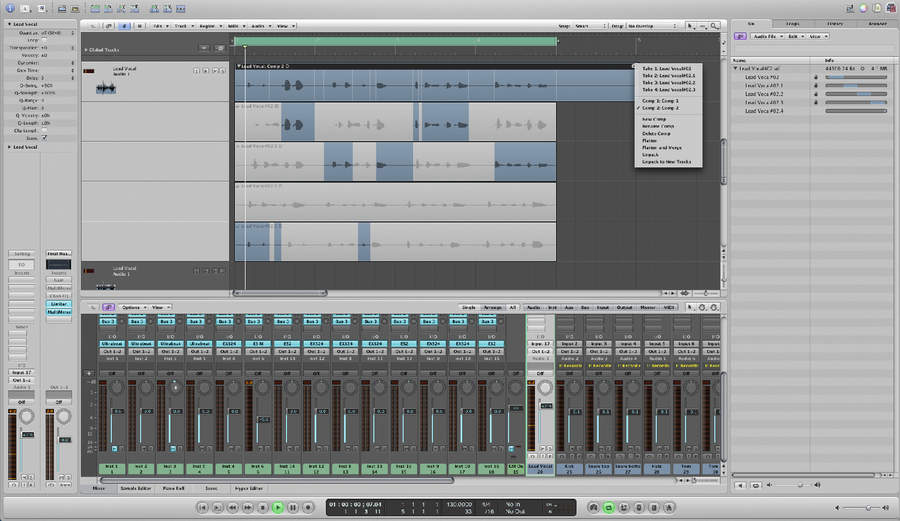
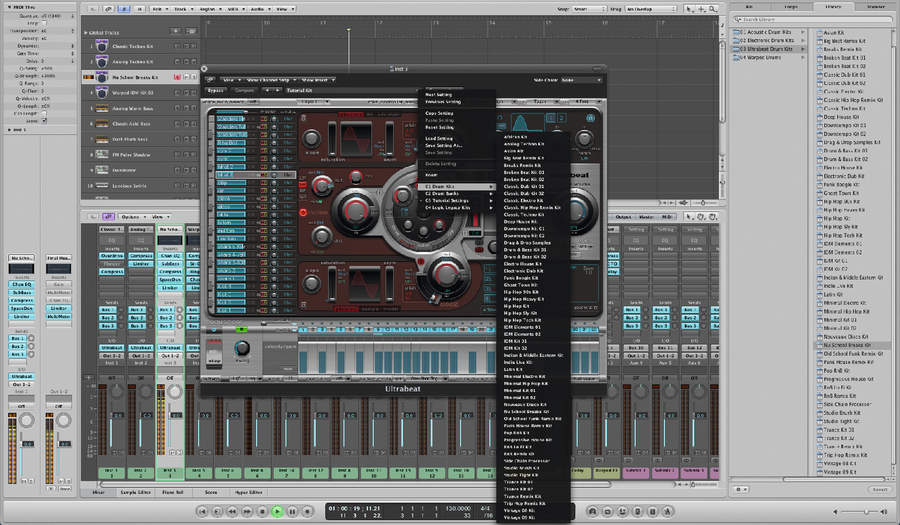
The development of Logic Pro 8 was shrouded in Apple-style secrecy right up to the moment of its release. As it turns out, the application would merely be one element (albeit the most significant one) of a software bundle known as Logic Studio.
Inevitably, the new Logic-based products - the full-on Logic Studio suite and the cut-down Logic Express 8 - are a combination of expected improvements and surprising additions. However, one thing that will no doubt have knocked everyone sideways is the pricing. At £319 for the full Logic Studio suite, Apple has not only slashed the price of Logic Pro by over 50%, but also undercut pretty much all of the competition.
Given that it's the flagship product, we'll be focusing on the fully-fledged Studio package, but if you do go for Logic Express 8, you'll get a standalone application for £129 that shares the majority of the features of Logic Pro 8. What you lose is a lot of content, some more advanced features (including surround capabilities) and the bundled additional apps of Logic Studio.
Aside from Logic Pro 8, the Studio suite comes with the following apps: Soundtrack Pro 2 for audio post-production; MainStage for live performance; WaveBurner for CD mastering; Apple Loops Utility, which enables you to convert audio files into Apple Loops format; Impulse Response Utility for creating Space Designer effects; and a Dolby AC-3 encoding utility called Compressor 3.
Possibly the biggest 'value added' element comes in the form of the 39GB Studio Sound Library. This combines the first five Apple Jam Packs with further content to deliver 18,000 Apple Loops, 5000 sound effects, 1300 EXS instruments and 2400 channel strip settings. And it's all royalty-free, of course.
The new stuff
Fascinating though this is, existing Logic users will want to know what fundamental improvements have been made. The most obvious is the revamped workspace, which we'll look at later on.
Want all the hottest music and gear news, reviews, deals, features and more, direct to your inbox? Sign up here.
Intriguingly, the XS Key copy protection has been dumped in favour of a simple serial number (ie, it's not even a challenge/response system). The handling of templates, track creation and project 'assets' (audio files, movie files, sampler instruments and impulse responses) has moved up a level, too. Rather than being an option, as it was before, your starting point is now a Logic project folder, containing associated song file and assets, and keeping everything tidy from the outset. What's more, you'll be greeted with a choice of task-specific templates to get you going on start-up.
Newbies should find the program easy to migrate to, but for existing Logic users, possibly the biggest ongoing bugbear is the audio handling. Although good, it struggles to match that of Pro Tools.
It's not entirely clear whether Logic Pro 8 addresses this from the ground up with an overhauled audio engine, but there are many new features. Useful tweaks include the routing of buses to record inputs, input monitor buttons, low-latency monitoring of software instruments, end-to-end surround capabilities, support for the new Core Audio file format (CAF), and the ability to play projects containing frozen tracks in Logic on any Mac, even without the original plug-ins installed.
However, the two most headline-grabbing changes do concern recording and editing. Logic Pro 8 introduces both multitake recording of audio and MIDI, and a new feature called 'Quick Swipe comping' for audio. Multitake mode kicks in whenever you record in cycle mode or record over an existing take - this is the default mode for audio and an option for MIDI. Recording in this way results in a 'take' folder, which you can then unpack to edit.
For MIDI, that's where the fun ends; however, for audio it's where the fun actually starts, because double-clicking the folder reveals each take stacked up in order. You can then cursor-select or 'swipe' regions on each, creating a comp.
By default, it doesn't leave any gaps (although you can add them by holding Shift), and the automatic crossfades it uses follow your preference settings. When you're happy with your comp, you can then 'flatten' it to reduce it to one track visually, or 'flatten and merge' it to produce a completely new, consolidated audio file.
Clearly, this system draws on techniques used in Pro Tools playlists, but we found it intuitive to use and probably the quickest system we've tried for comping, and it even works on grouped multitrack takes. The only downside is that you can't import multiple audio takes from preexisting wave files and apply Quick Swipe comping to them, which is a shame.
The interface
Logic Pro 8 sports a completely revamped single-screen workspace, which will no doubt anger as many users as it pleases. If you really can't get on with this way of working, the basic individual windows (Arrange, Score, Event and so on) can still be used, as can screensets.
The workspace is vaguely reminiscent of Ableton Live, and Apple have taken this opportunity to rename and revamp a few things as well, with the Matrix Editor becoming the Piano Roll Editor, for example. The result is four main areas - Arrange, Inspector, Media/Lists and Editor - plus a transport bar at the bottom. All can be folded away, apart from the Arrange window and the transport bar.
The Editor and Media/Lists areas both use tabbed windows to grant access to their various options, such as Hyper Editor, Score and so on in the Editor section. The Media/Lists section contains not only audio files but presets and channel strips as well, and includes the Spotlight-supported browser and Tempo and Event Lists. Furthermore, both the Editor and Media areas can link to the Arrange window, so clicking on, say, a software instrument's slot will bring up the list of available patches for that instrument in the Library list.
The Inspector area includes both part and track parameters, and dual channel strips - one each for the selected track and its output, although clicking on any output on the left fader (send, bus, etc) will bring up the corresponding fader to the right. It's easy to get to grips with and should certainly speed up workflow.
Plug it in
Although Logic Pro 8 comes with a massive audio and instrument library, you'll notice there's not been much mention of new plug-ins. However, there are a few newbies, such as Delay Designer: a delay plug-in with filtering and programmable taps. The new Microphaser makes an its debut too.
Various instruments have been updated, including a long-overdue new editor for EXS24, big improvements to UltraBeat (including a larger library of kits), and better multi-output handling performance.
The addition of end-to-end surround capabilities has necessitated a revamp of some key plug-ins, including some surround-equipped instruments (Sculpture, EXS24 and ES2). Both Delay Designer and Space Designer offer True Surround, and a few of the typical audio effects (eg, Surround Compressor) are also available in this dedicated format.
Apple have also added a multi-mono architecture. This combines mono and stereo instances to build a surround plug-in that matches the format of the track, and it even works with third-party plug-ins. The standard interface for this includes a flexible configuration option for grouping channels (labelled A, B and C) the way you want for processing. Additionally, the LFE channel also gets its own settings, and you can bypass each channel from all effects groups. If this sounds a bit complicated, don't worry, as it makes perfect sense in use.
On the downside
Logic remains a large and complex application, and you'd expect there to be a few teething problems, as with any new release. However, we found it to be very stable, and apart from a couple of graphics-related anomalies there's little to moan about.
Even so, some people will undoubtedly be annoyed by changes that don't match their working methods, such as the integrated transport bar, which you can fully customise but not remove. Equally, some may be miffed by the disappearance of the floating extended parameters window, the floating toolbar and the needless renaming of many things.
Is Logic Studio a revolutionary product? Probably not. If anything, Logic's revolution happened years ago, when it gained a multitude of soft synths, studio grade plug-ins, and so on.
What this version does do is deliver all the promise of those ideas in a foolproof package. With its new apps, sounds and low price, it's going to be a tough product to beat. Whether it was worth the wait is harder to say.
MusicRadar is the number 1 website for music makers of all kinds, be they guitarists, drummers, keyboard players, djs or producers...
GEAR: We help musicians find the best gear with top-ranking gear round-ups and high- quality, authoritative reviews by a wide team of highly experienced experts.
TIPS: We also provide tuition, from bite-sized tips to advanced work-outs and guidance from recognised musicians and stars.
STARS: We talk to musicians and stars about their creative processes, and the nuts and bolts of their gear and technique. We give fans an insight into the actual craft of music making that no other music website can.
